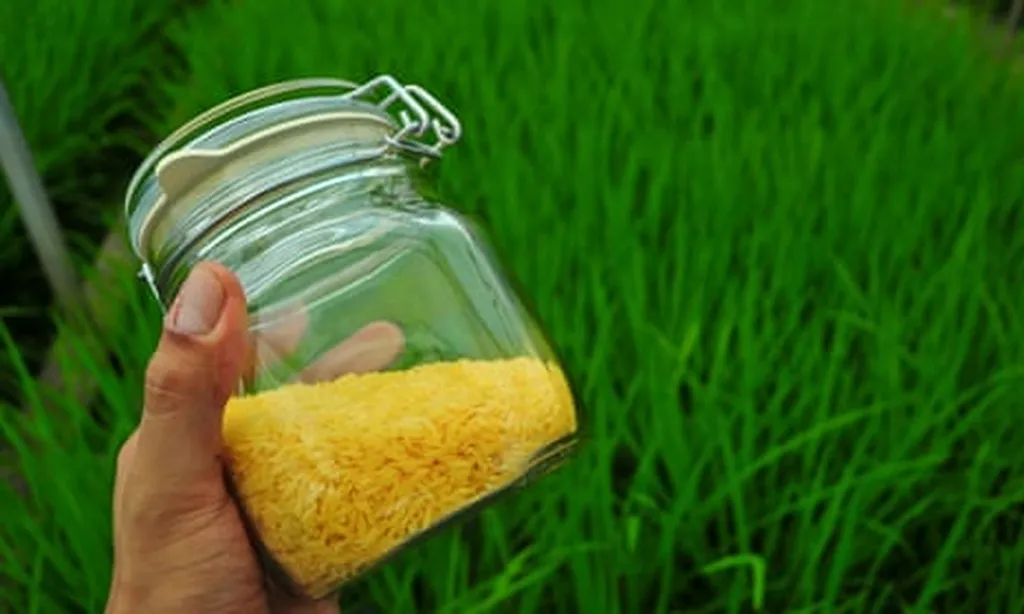In the heart of Texas, researchers are making strides that could revolutionize how we grow the world’s most vital crops. Gurjeet Singh, a scientist at Texas A&M University’s AgriLife Research Center in Beaumont, is leading a charge to enhance nutrient uptake and use efficiency in staple cereals like rice, wheat, and maize. His work, published in the journal *Plant Stress* (which translates to *Plant Stress* in English), is paving the way for more sustainable agriculture practices that could have profound impacts on global food security and the energy sector.
Singh’s research focuses on genomics-assisted breeding (GAB), a cutting-edge approach that leverages advanced genetic tools to improve nutrient uptake (NU) and nutrient use efficiency (NutrUE) in cereals. “Enhancing nutrient uptake efficiency in staple crops is crucial to reducing fertilizer inputs, supporting sustainable agriculture, and securing food and nutrition for future generations,” Singh explains. This is not just about growing more food; it’s about growing it smarter and more efficiently.
The team’s work delves into the biochemical and molecular mechanisms underlying nutrient uptake, utilizing tools like QTL mapping, GWAS, and CRISPR/Cas9. These technologies allow scientists to dissect and target complex traits related to nutrient efficiency. “By understanding these processes at a molecular level, we can develop crops that require fewer resources and are more resilient to stress conditions,” Singh adds.
One of the most exciting aspects of this research is the integration of high-throughput phenotyping (HTP) and genotyping (HTG) platforms. Imagine using imaging techniques like MRI, X-Ray CT, and even drone-based RGB/Multispectral imaging to rapidly and precisely characterize nutrient-related traits in crops. Combined with next-generation sequencing, these tools are accelerating the breeding process, making it faster and more accurate than ever before.
But the innovation doesn’t stop there. Singh and his team are also exploring multi-omics approaches, which combine genomics, transcriptomics, proteomics, and metabolomics to identify candidate genes and regulatory pathways associated with nutrient uptake. This holistic approach provides a comprehensive understanding of the biological processes involved, offering valuable insights for breeders and policymakers alike.
The commercial implications of this research are vast. In the energy sector, for instance, more efficient crop production could lead to reduced reliance on synthetic fertilizers, which are energy-intensive to produce. This could translate to lower energy costs and a smaller carbon footprint for the agricultural industry. Additionally, more resilient crops could withstand harsher environmental conditions, reducing the risk of crop failures and stabilizing food supplies.
Singh’s work is a testament to the power of interdisciplinary collaboration. By bringing together experts from various fields, the team is pushing the boundaries of what’s possible in agricultural science. “Our goal is to provide practical solutions that can be implemented by farmers and breeders worldwide,” Singh says. “This is not just about advancing science; it’s about making a tangible difference in people’s lives.”
As we look to the future, the potential of genomics-assisted breeding to transform agriculture is immense. Singh’s research is just the beginning, offering a glimpse into a world where crops are not only more abundant but also more sustainable. For the energy sector, this could mean a shift towards more efficient and environmentally friendly practices, ultimately contributing to a more sustainable future for all.

